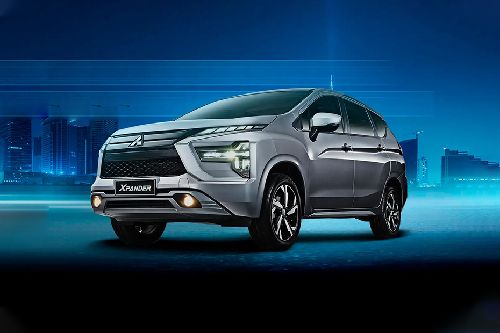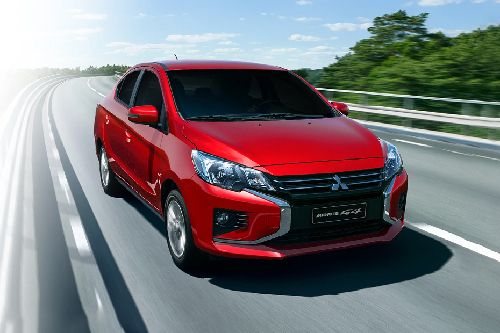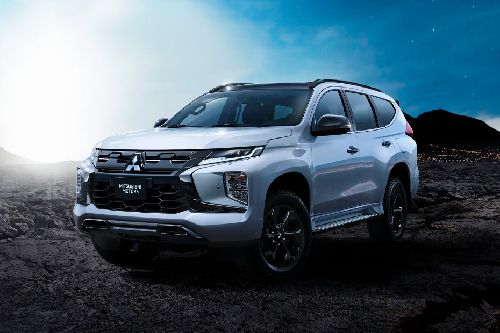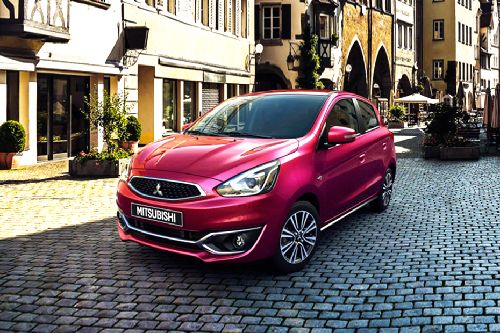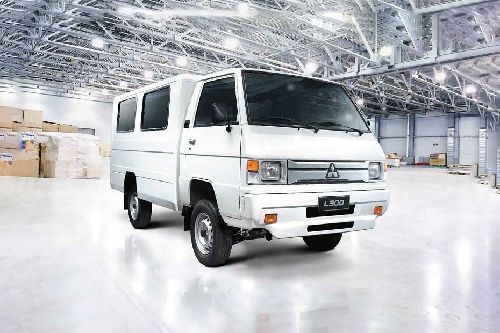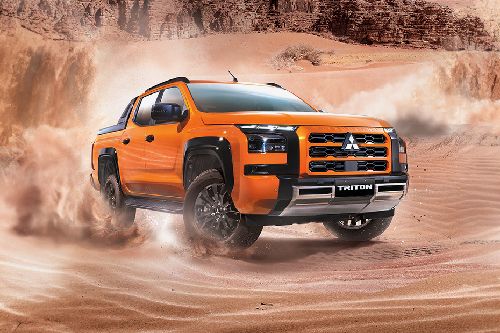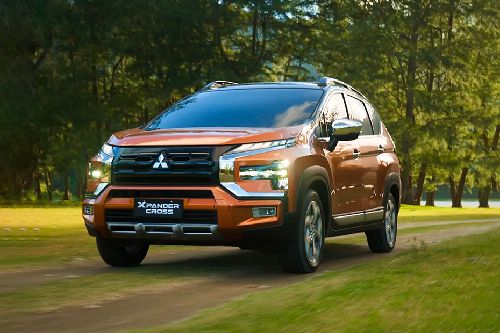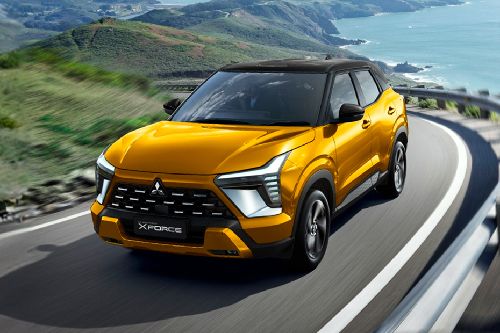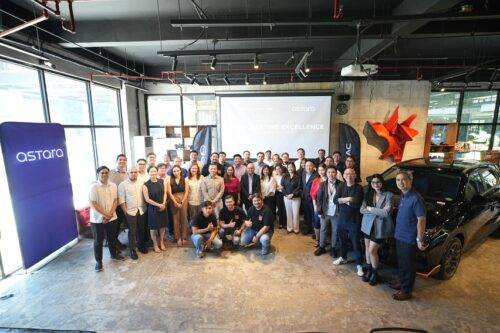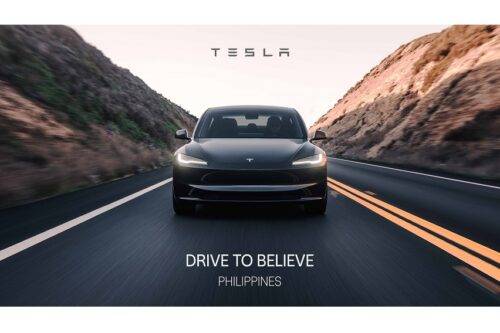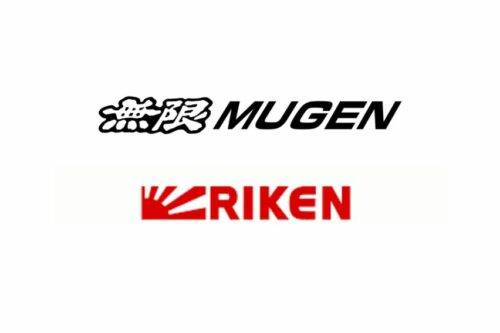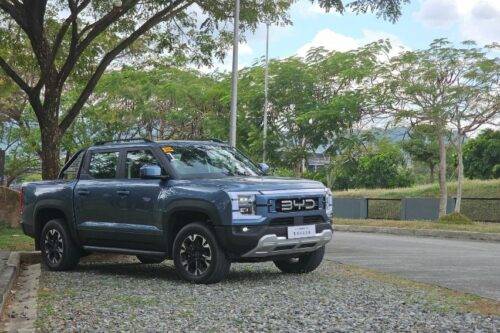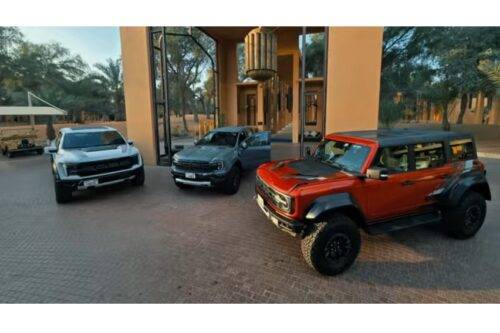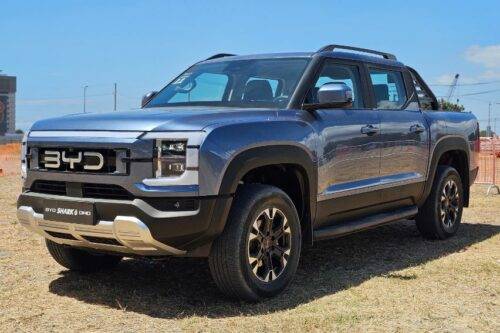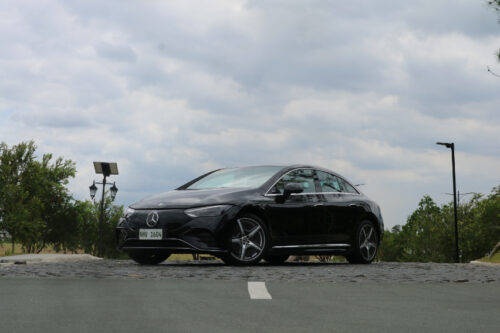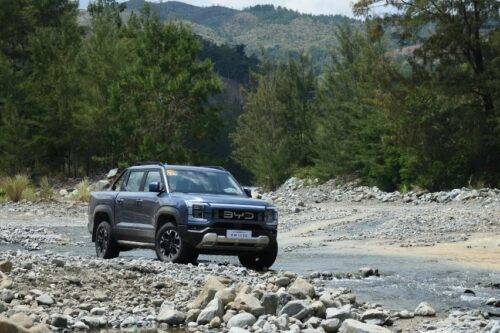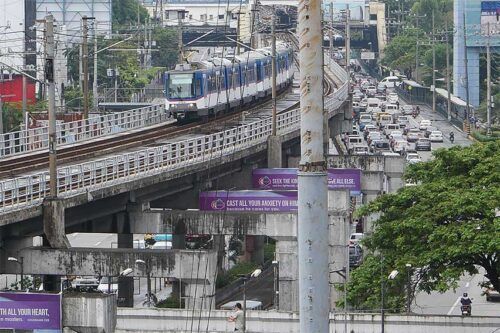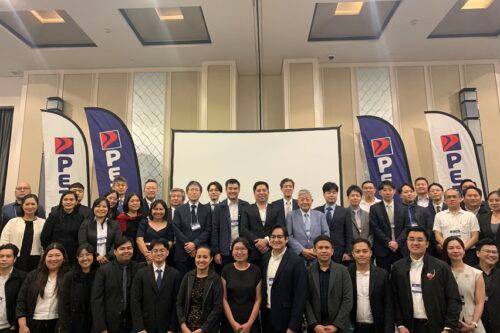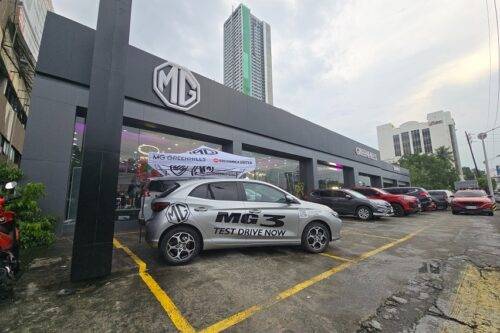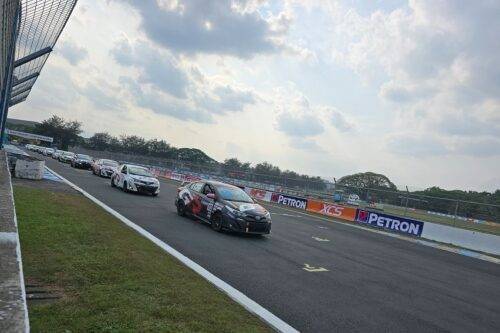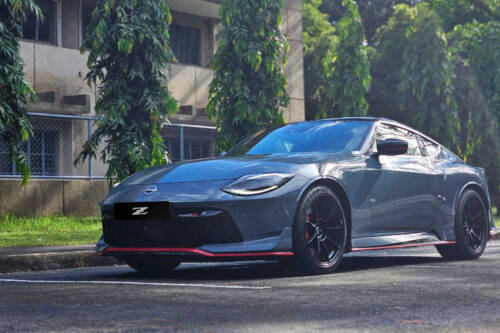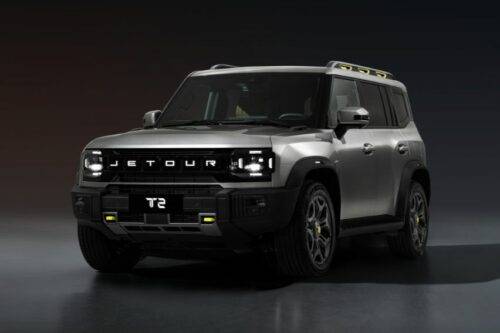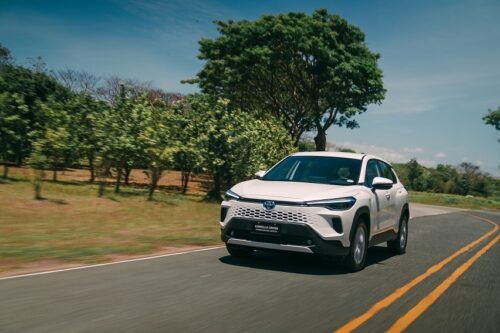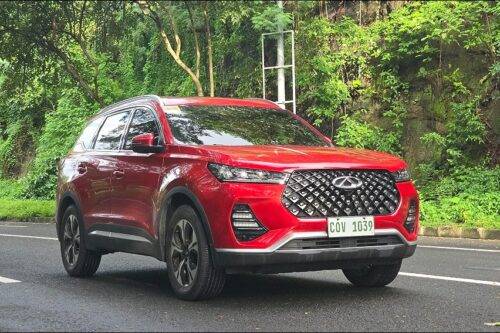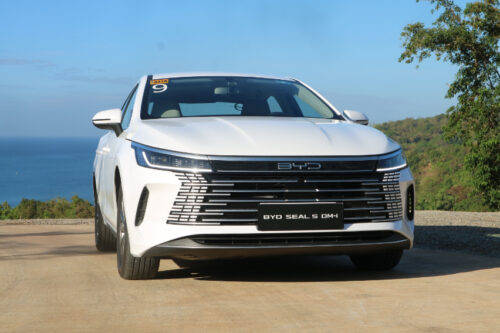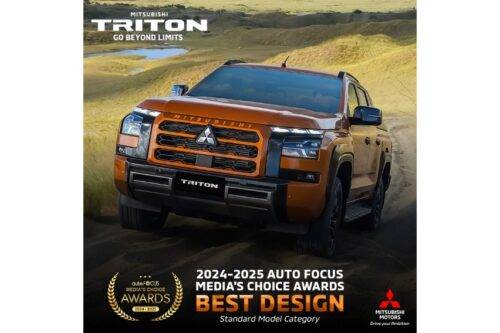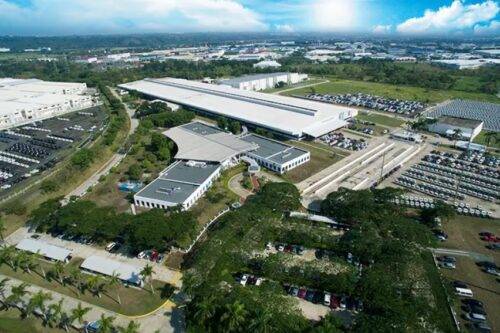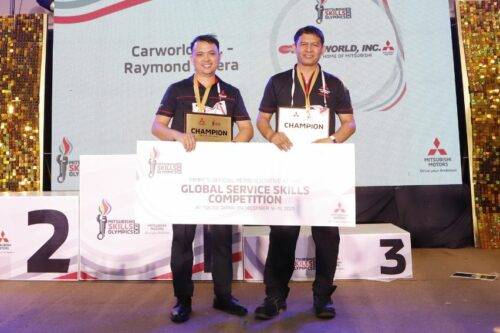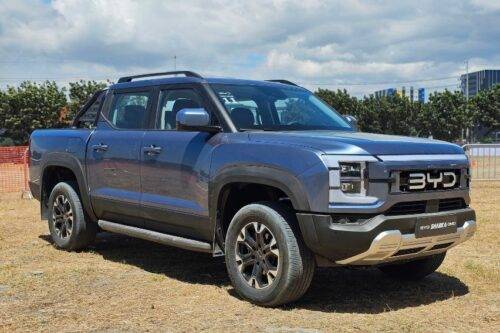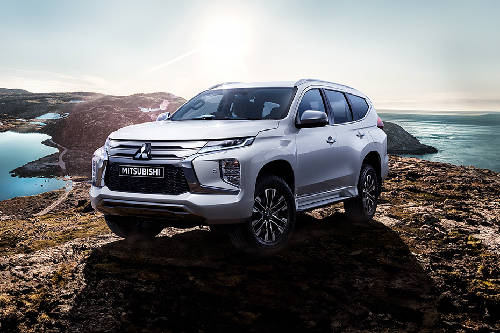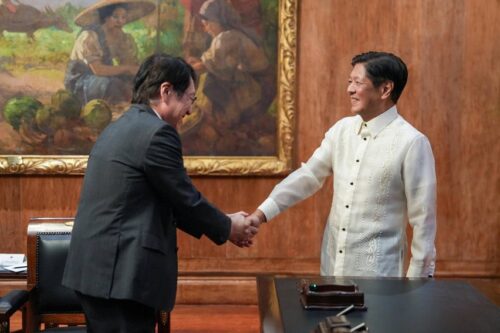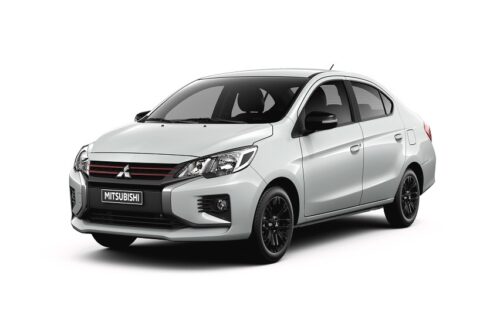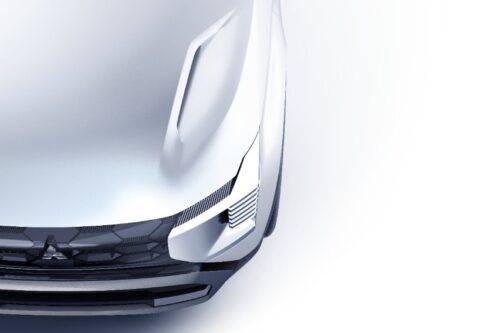Diamond Jubilee: Mitsubishi Motors PH marks 60th anniversary
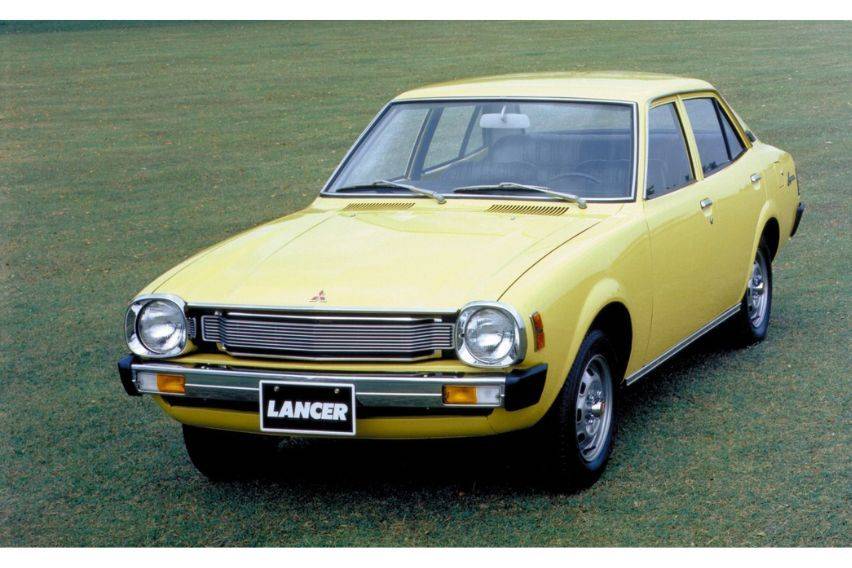
Mitsubishi Motors Philippines Corp. (MMPC) is commemorating its 60th year this 2023. Through the years, the company has offered reliable and sporty cars that cemented the Japanese carmaker’s place in the automotive map. But how has MMPC done so, and what are these vehicles exactly? Let’s take a look back on Mitsubishi Motor Philippines’ history in the country.
KEY TAKEAWAYS
When did Mitsubishi begin operations in the Philippines?
Chrysler Philippines Corporation (CPC), which later became Mitsubishi Motors Philippines, was founded in 1963. Mitsubishi products weren't being produced or marketed in this country at the time, but 1972 marked a turning point for the business.How did Mitsubishi survive in the Philippine market during the 1980s?
Mitsubishi made the decision to persevere during the difficult decade, which contributed to solidifying its reputation locally. The legendaryMitsubishi Motors Philippines founded in 1963
Chrysler Philippines Corporation (CPC), which later became Mitsubishi Motors Philippines, was founded in 1963. Mitsubishi products weren't being produced or marketed in this country at the time, but 1972 marked a turning point for the business. A 65% stake in CPC was acquired by C.J Yulo & Sons, and the remaining 35% by Mitsubishi Motors Company (MMC) and Nissho Iwai Corporation. The Sojitz Corporation is the name given to the latter business today.

Before Mitsubishi automobiles could be sold and built in the Philippines, another two years would pass. The Colt Galant, Cimmaron, Minica, and Lancer were a few of the earliest vehicles offered here. The oil crises, which favored the tiny and economical Japanese automobiles over the enormous and thirsty American cars that were so successful in the 1960s, contributed significantly to the rise of Mitsubishi — and Japanese cars, for that matter — in the Philippines and throughout the world.
Mitsubishi Motors Philippines during the early 1980s
However, Mitsubishi Motors Philippines (formerly known as CARCO or Canlubang Automotive Resources Corporation) was at a turning point in the 1980s. Many automakers left the country for a significant portion of the decade, with Ford and Toyota (then known as Delta Motor Company) ceasing operations in the middle of the decade. Martial Law, the ensuing political crisis, and the consequent economic depression made it a difficult time for the regional auto sector.
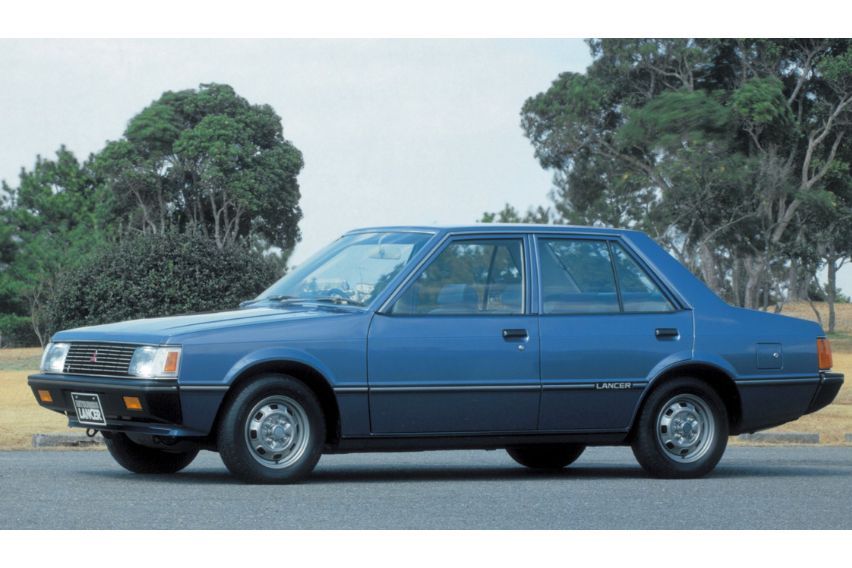
Mitsubishi made the decision to persevere during the difficult decade, which contributed to solidifying its reputation locally. The legendary "Boxtype" Lancer was the vehicle that brought the firm to its heyday during the decade. Let's not overlook the Mirage, Galant Sigma, and Galant Lambda, three further Mitsubishi models that were sold at the time.
Mitsubishi Motors Philippines Resurgence in the late ‘80s to early ‘90s
Mitsubishi introduced a new wave of cars following the People Power Revolution in 1986 that would become part of the regional automotive culture. From CARCO to PAMCOR (Philippine Automobile Manufacturing Corporation), Mitsubishi Philippines' name would also change in 1987.
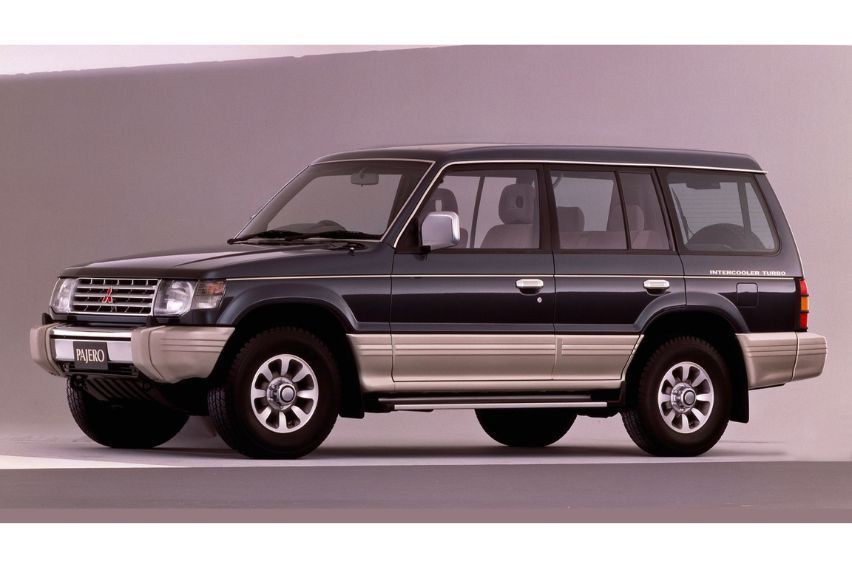
Additional notables? The first-generation Pajero had its local debut, the "singkit" Lancer made its debut, and the L300 came off the local assembly line. Even earlier in the 1990s, Mitsubishi Motors Philippines debuted the Lancer GTi and Galant GTi, which are conceivably the first two Japanese sport sedans to be sold in the nation.
Still in the 1990s, Mitsubishi experienced a sharp increase in the number of local model options. Mitsubishi also released the Space Wagon, one of the first small MPVs in the country, the Lancer GSR, the Strada, and of course, the Adventure in addition to the Lancer, Galant, L300, and Pajero. Even a small number of the Lancer Evolution V were formally sold in the nation.
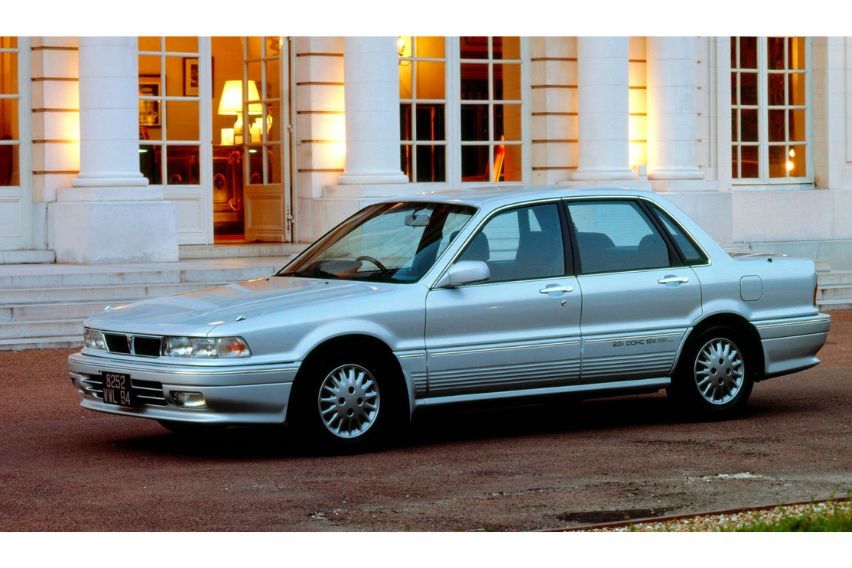
More significantly, Cainta was where the majority of local Mitsubishi motors were built. Moreover, PAMCOR changed its name to Mitsubishi Motors Philippines Corporation (MMPC) in a formal manner.
Mitsubishi Motors Philippines’ Achievements since 2009
After years of producing automobiles in Cainta, Rizal, fast forward to 2015, and Mitsubishi has shifted its assembly facility to Santa Rosa, Laguna. By that time, MMPC had achieved over 500,000 unit sales in the nation (2009), had just celebrated its 50th anniversary (2013), and its Mirage had won numerous accolades from regional automotive periodicals. Oh, and we also had the good fortune to find the Lancer Evolution X and Lancer Ralliart in nearby showrooms.
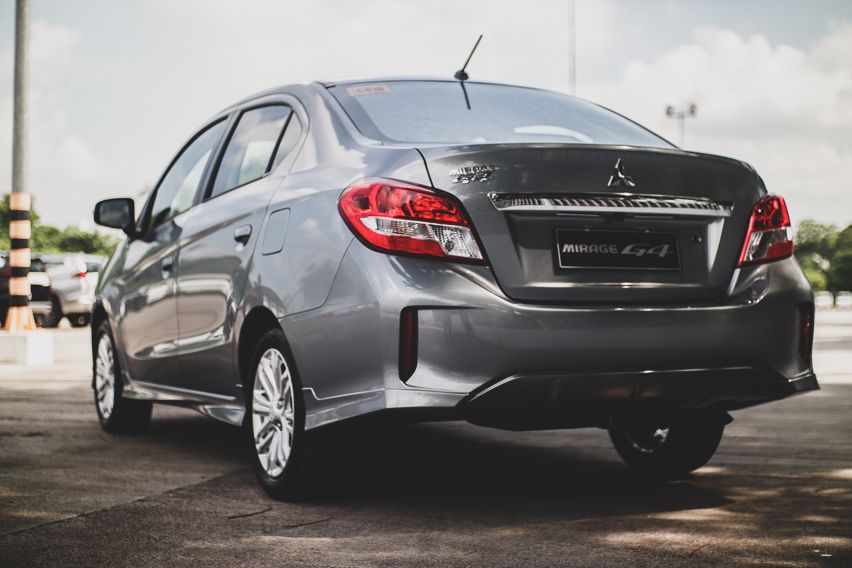
At present, MMPC is still assembling automobiles in the country, particularly the Mirage G4 and the L300 that's geared for export. These two models, as well as the Mirage Hatchback, Xpander, Xpander Cross, Outlander PHEV, Strada, and Montero Sport, make up the local lineup. The business has already exceeded the million-sale mark and continues to hold a strong second place in the Philippine vehicle sales race.
What’s next for Mitsubishi Motors Philippines?
The brand-new Strada and Montero Sport could debut soon, and a small crossover could soon serve as the company’s cash-cow, too. And inevitably, it won’t be long till electric vehicles bear the diamond-shaped emblem.
Photos from Mitsubishi and Roy Robles
Sell your car at the best price
 Verified and genuine buyers
Verified and genuine buyers
Mitsubishi Car Models
Trending & Fresh Updates
- Latest
- Popular
You might also be interested in
- News
- Featured Stories
Mitsubishi Featured Cars
- Latest
- Upcoming
- Popular
Mitsubishi Car Articles From Carmudi
- journal

